Difficult search for last rosewood
Sonja Hassold has a strange television experience in a village without a TV and internet connection and scours large areas of the Masoala Peninsula for more rosewood specimens – unfortunately, often in vain.
After a difficult first week in the jungle, we return to Ambohitralanana and treat ourselves to a couple of days off, staying in little bungalows right next to the ferry pier. Birds destined for the cooking pot and cock fighting live in the backyard, right next to my bungalow. They are shooed up into the trees in the evening to protect them from stray dogs and other predators. As a result, “chicken trees” emerge that make an infernal din at night.
But it is not just the cockerels that keep me awake; there is also a bush disco here, right next to my bungalow, of course!
I have also seen the strangest thing so far in this village. There is no television or internet in the bush, but that doesn’t stop people from owning a television set. In the evening, all you can watch are Indian music videos and adverts. And so I find myself in the peculiar situation of sitting in the restaurant, with all the men from the village, watching always adverts!
On our days off, we seize the chance to take the bikes we have bought out for a spin. The following day, we set off for Ratsinarana by bush taxi. We are lucky, for the taxi already turns up from Antalaha only two hours after it was due to arrive and takes us on a two-hour journey. We are eventually dropped off at a little bungalow. Here, the road is ending, as cyclones have destroyed all the bridges in recent years. There is little need for the bridges anyway, as without them some piroguiers earn a crust by ferrying people across the countless rivers. We have little choice but to find carriers for our luggage, whom we recruit in the surrounding fields.
Jao Aridy, the botanist on the Masoala Peninsula, and I cycle there. The road is even treacherous for bikes: large rocks, loose sand, flooded and eroded tracks, and the scorching heat. Exhausted, we arrive in Ratsinarana, where we have to find suitable accommodation for the next few days. As we have no other choice, we decide on the bungalows by the sea. Then we visit the village chief to let him know about our work, get his blessing and inquire about local guides.
For three days, a young guide will take us to the last rosewoods in the region. Near the sea, the natural forest already had to make way for agribusiness a long time ago. For my work, however, it is important to collect samples from all the possible habitats to gain an overview of the distribution of rosewoods. The forests near the sea are far less dense and humid. A lot has been cleared in the area around Ratsinarana, which makes the daily excursions all the more tiring because we can barely find any shade and the sun beats down mercilessly on the bare fields. I find the most stumps and felled trees per area here.
The only trees still standing have either grown crooked or are hollow – not interesting from an economic perspective. To obtain new cropland, the farmers use the slash-and-burn method, which involves farming the fields for five years until they become too impoverished for agriculture and are left to their own devices. Consequently, we often walk through large, abandoned stretches of land where many introduced species are flourishing or a handful of Madagascan bush species are spreading like wild fire and make it difficult for us to get through.
These areas are lost forever. The farmers cannot even use these fields for timber again as the undergrowth does not yield much. The forests are not very fertile. After the first two excursions on the east coast, I feel very disenchanted as regards the unspoilt state of the Masoala Peninsula. So, after a three day excursion we set off to our next port of call: Ampanavoana.
On the way, we spot a small rosewood compound on the beach. The trunk diameters are all under thirty centimetres and the wood is poor quality. A year ago, it was a different story, Jao tells me. Back then, apparently, the stock towered metres into the air and covered the whole beach. The guards have no idea to whom the wood belongs or where it comes from. At this time, there is still an export ban on precious wood, which is why the army is guarding all compounds so that no one can trade the wood. After a refreshing coconut, we continue on towards Ampanavoana.
We need a day to recover and prepare ourselves for the next week in the jungle. We have to buy enough food for one week and six people. After a well-earned day off, we march towards Antamahalana with two luggage carriers. Madagascans always travel at an incredible pace that a vazah cannot keep up with. However, our guides were astonished that I could. After a four-hour trek in the scorching sun, we finally reach the little village on the brow of the hill.
A year ago, the region was hit by a devastating cyclone that obliterated villages and paddy fields along the river overnight. After the natural disaster, the villages were scattered in the surrounding hills. A large village was thus transformed into five hills populated by little communities. The national park, however, is still an hour away. We decide to spend the night in Ampanavoana and continue on in the morning. Within no time, I am surrounded by a crowd of inquisitive children, who watch me pitch my maison portable (my tent!). When I start taking pictures of them, the throng suddenly doubles in size and they squeal with delight when they see the photos on the display. I am sure they will have trouble sleeping tonight; after all, it is not every day they see a white woman with a digital camera in their village!
The villagers told me, that it is one hour
to our base camp. The path is like a slide; no problem for locals, but I simply
cannot walk on the slippery mud. After two hours, I finally make it to the top
and am rewarded with breath-taking views (photos). We immediately pitch our
tents and treat ourselves to a siesta. We have a week to explore the
surroundings. We follow the rivers to advance deeper and faster into the
forest. Here, the forest is incredibly diverse and still unspoilt at first
glance. But appearances can be deceptive: here, too, we find traces of
selective felling. Nevertheless, the place will stick in my mind as being
unforgettably idyllic.
About the author
Sonja Hassold (28) is a doctoral student in Alexander Widmer’s group, a professor of genetic plant ecology. From the end of August until the end of 2011, she worked in Masoala National Park in Madagascar, collecting wood samples from the local tree species for her thesis. She is investigating whether it is possible to differentiate Madagascan tropical woods genetically in order to combat the illegal trade in palisander and rosewood. The project is financially supported by Mercator Foundation Switzerland.


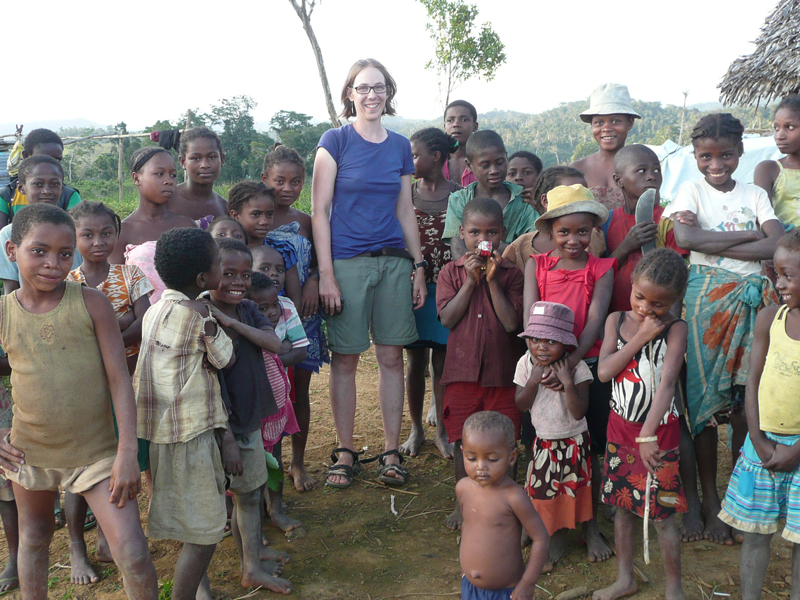
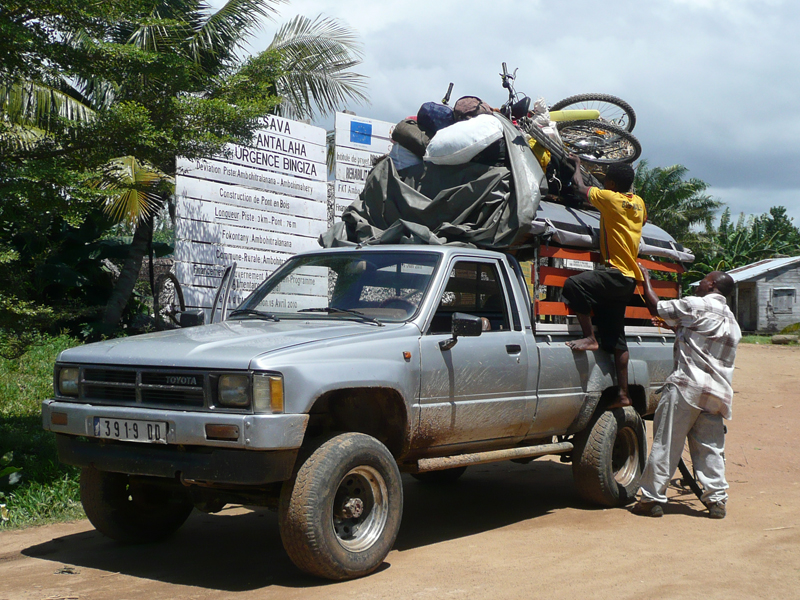
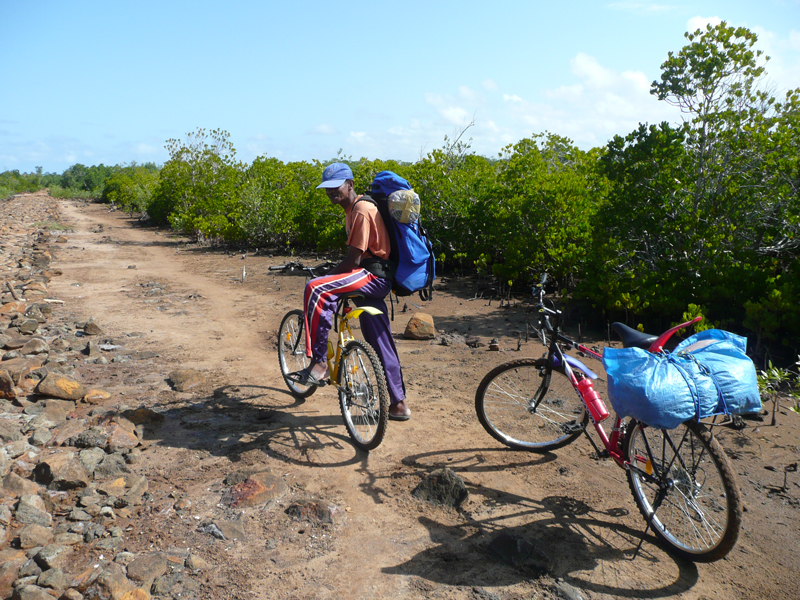
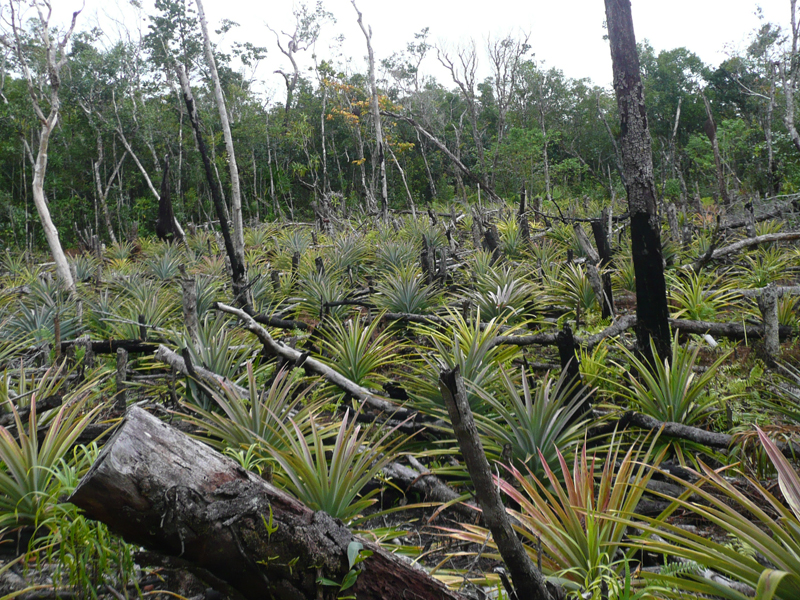
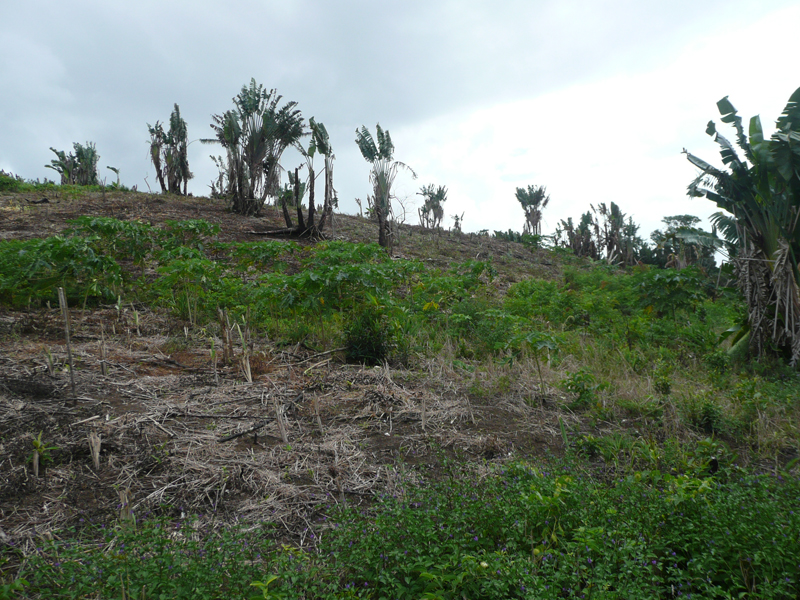
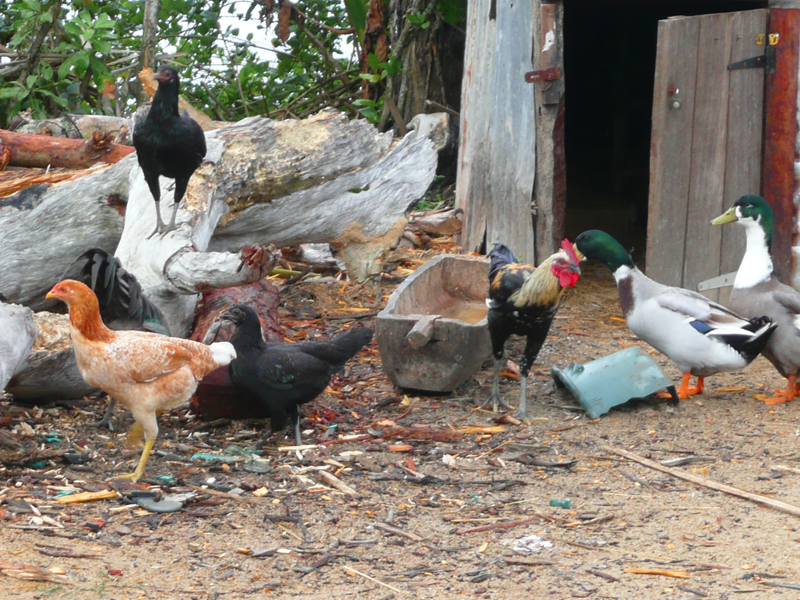
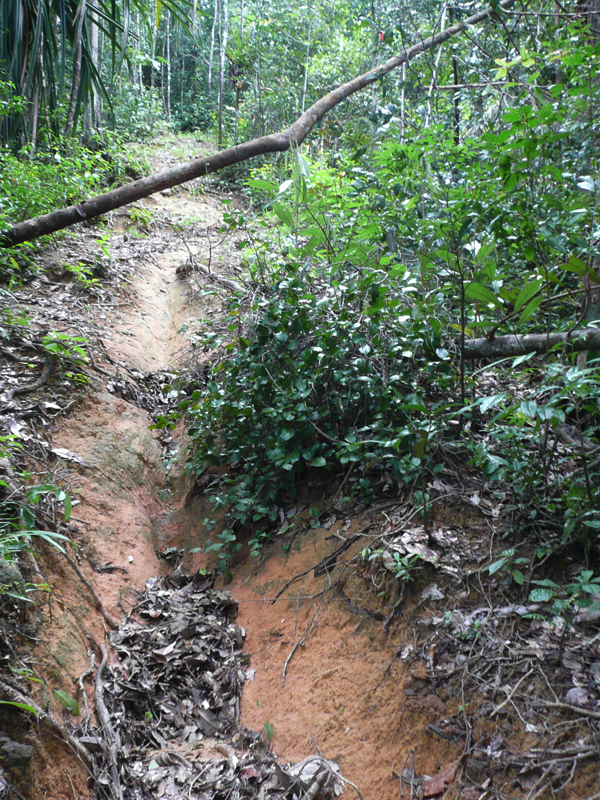





READER COMMENTS